Meizu is a fresh player in the mobile phone market
Gadget manufacturers
Meizu is known for always sticking to the "golden mean". She never depended on investments, and therefore could not be afraid of global failure, but she also could not achieve dizzying success. However, the CEO of the company believes that moving forward is much more important than moving fast. In addition, thanks to the creativity Meizu is a unique brand whose mobile devices will be appreciated by a wide variety of consumers. By 2013, they were able to enter the top ten smartphone manufacturers in China.The name of the Chinese company is associated with the name of its founder, chairman and current CEO, Jack Wong. It is the soul of every product of the company, although in fact it always remains “behind the scenes”.
Jack never gives interviews and does not speak publicly anywhere. In fact, Wong is a pseudonym on behalf of which he voices his opinion in the only way he sees fit to do this - from the Meizu website.
The real name of the founder is Huang Zhang. However, he is known specifically as Jack Wong. Huang Zhang always carefully monitors everything that happens in his company, but almost never interferes in the process itself.
Meizu's senior vice president describes Wong as a music lover with an innate passion for electronic devices. Huang Zhang can spend months testing the company's new device at home, and then come up with the idea of any drastic design changes.
Even in his own home, Jack Wong completely redid the ceiling and walls - all just to improve the acoustics.
Most directors and owners of successful companies are primarily interested in generating income, but the founder of Meizu is most focused on details. It is for them that he has a real passion.
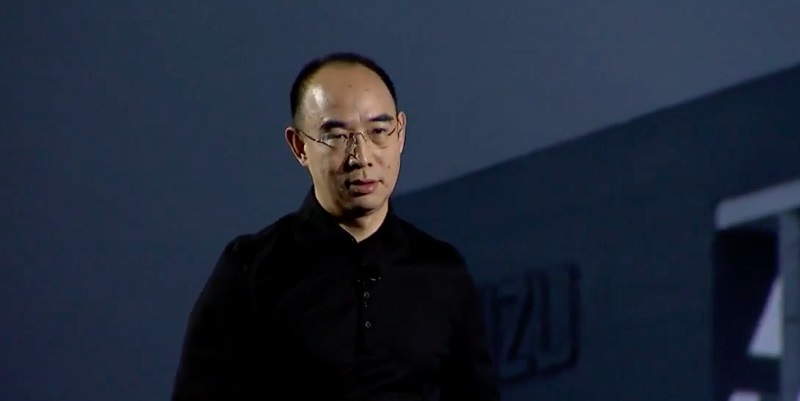
Meizu was founded in 2003. From the very beginning, she has been working on the creation of MP3 players, and within three years has become the most famous MP3 brand in China. At that time, there was an increased demand for such devices.
It is noteworthy that even then the company did not have any sponsors at all - it was entirely dependent on Wong's income. The very first player released by Meizu was the MX (just like one of the smartphones was later named).
He became a fairly successful invention, but the real success was yet to come. By 2006, the company becomes one of the leading MP3 player manufacturers in the Chinese market.
Their devices differed from all others with a seamless body and a touch screen (at that time these characteristics were not very common). Of course, the Meizu player could not compete with the iPod, but in China it became the leader in sales.
Unfortunately, the conquered market niche was not destined to remain this way forever, because in the same year the largest technology manufacturers begin to produce "smart" mobile phones. The era of MP3 players was coming to an end, and they were to be replaced by smartphones with rich multimedia capabilities.
The very first invention of the company was predetermined by the fact that its founder was and remains an avid music lover with a passion for electronic gadgets.
However, now the following fact became more and more obvious: it is the mobile device that everyone needs, and it will never go out of fashion, unlike the player. Moreover, listening to music from smartphones is still more convenient. So, the future was for them.
In 2007, Meizu releases a musical postcard, and the very next year it enters the mobile device market. The first generation smartphones were introduced in the winter of 2009, and it all started with the M8 model, which became the debut.
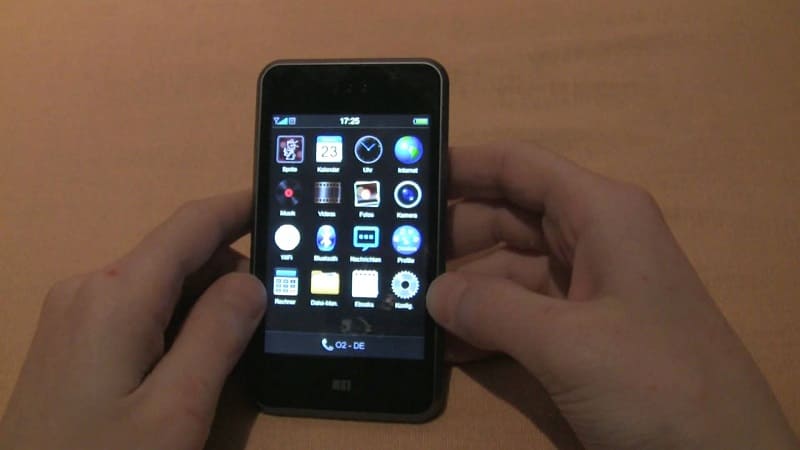
Two years later, the M9 will appear, and in 2012, the MX. The company's business philosophy has focused on developing innovative and user-friendly smartphones for consumers. Gradually, she built a global network of presence in other countries.
In 2011, a branch was established in Hong Kong, which took up the study of the global market. Some time will pass, and the company will become popular in Israel, Russia and so on.
The M8 mobile device was a multimedia smartphone capable of surfing the Internet. Many called it the “Chinese iPhone”, comparing it with a smartphone from (there were some similarities, for example, in design and graphical interface).
Surely it was because of this similarity that the M8 was noticed in the United States. Initially, two versions of the smartphone were announced: an entry-level version without a camera, and a standard version. Anyway, only the standard variant was released. True, the release was delayed several times due to the device's inconsistency with Chinese cell phone regulations.
By the way, Jack Wong announced the release of the M8 four days after the iPhone was called its direct competitor. This device was provided with support for Wi-Fi and GPRS.
The ambient light sensor allowed the phone to automatically adjust the brightness of the screen according to the ambient light level. The screen orientation could also be adjusted automatically.
In the fall of 2010, it was reported that Meizu stopped production of the M8 due to pressure from the intellectual property departments and Apple (the case was the similarity of the device with the iPhone).
I must say that Apple even looked for ways to ban all sales of the smartphone, which could well have ended with Meizu's bankruptcy due to unsold stocks, but these words were never officially confirmed.
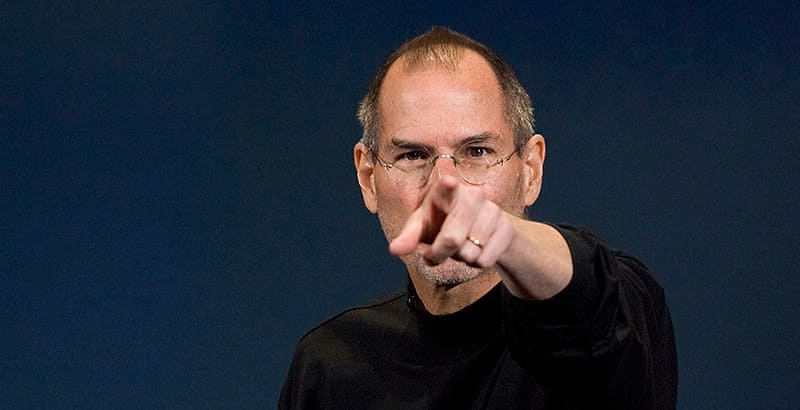
Before the advent of Android, Jack Wong chose between several platforms - Win CE, Windows Mobile and Linux. The not so good user interface of Windows Mobile was the main reason why the president of the company refused to use Windows Mobile.
The amount of fees from each device running WM was also considerable. As for Win CE, it was not a complete mobile platform, and even worse - it did not have a Wi-Fi module, and there was no full-fledged interface.
The next problem Wong faced was the touch screen. The company began to cooperate with Quantum, however, the very first samples of such screens revealed many shortcomings (lack of precise touch, unfinished linear function, etc.), from which it was concluded that it was too early to release devices.
It was the most difficult time in the history of Meizu. The problem was solved after the release of the M8, however, as already mentioned, production had to be stopped. In addition, many buyers were dissatisfied with the quality of the goods.
The company had to make concessions and promise to exchange a low-quality phone for high-quality products. Fortunately, the successful sales of the previous device, that is, the MP3 player, allowed Meizu to do this.
By the beginning of 2011, the company released the M9 smartphone running Android. It was the first Chinese "smart" phone with a Retina display and a 1 GHz processor. In the same year, it became one of the most popular Android smartphones.
The mobile device was equipped with 8-16 gigabytes of built-in flash memory, a 5 megapixel main camera and a capacitive touch screen that surpassed the screens of all previous devices of the company.
In addition, the phone had support for Bluetooth and Wi-Fi, as well as TV-out. The new processor made it possible to view Full HD video from the M9. An English version of the software was also provided.
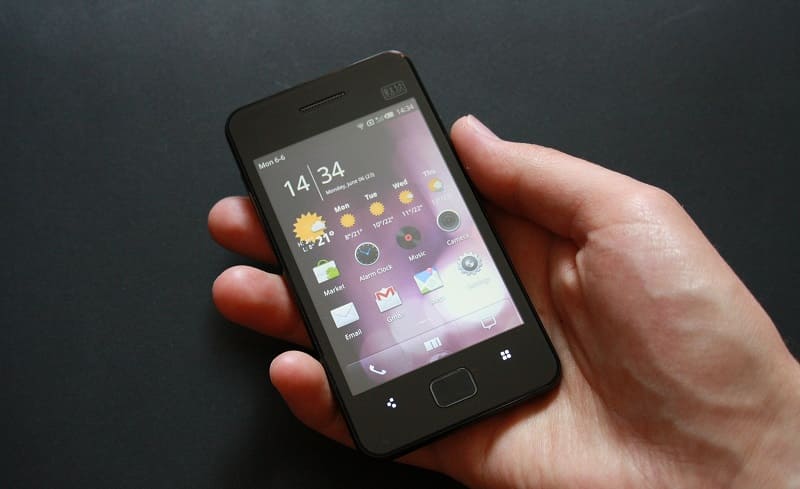
It should be noted that the queue for the first M9 devices was lined up since the night. On the very first day, only 300 copies were produced. The release of the smartphone was also preceded by several delays.
The first of these was caused by the fact that the company decided to change its approach to using the logo. The second delay occurred already in the process of checking the device by the Chinese Academy of Telecommunication Research.
The third was related to the import of the iPhone 4 to China. Well, since the Meizu company wanted to compete with Apple, it used the same Retina display as the "apple" smartphone.
The M9 smartphone was very fast thanks to its processor and supporting hardware. The manufacturer equipped it with 512 megabytes of RAM. This device was very similar to the iPhone 4.
Both smartphones turned out to have similar processors and “stuffing”. Thanks to the improved pixel density (326 ppi), it was very convenient for the user to read text, zoom in the browser, play games and so on.
The interface of the device was developed by the Chinese company Eico. This firm was famous for its good reputation in the field of design, as well as successful experience of cooperation with, Google and other brands.
It was she who developed a unique user interface for Meizu. Many smartphone owners have started to import this interface into their devices. Own applications have also been developed.
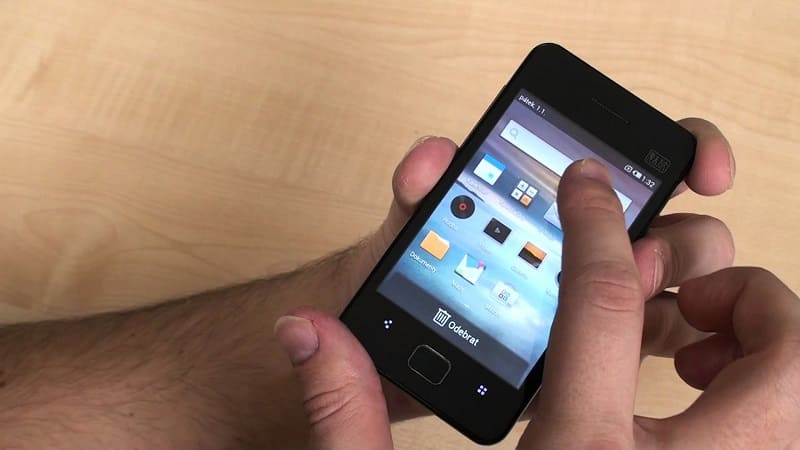
Meizu M9 had three physical buttons below the screen. Unlike many other devices like the iPhone, the keyboard did not rotate to landscape mode when reorienting the smartphone.
Also, the M9 easily switched from Chinese to English and vice versa by simply pressing the "EN" and "CH" buttons, respectively. Among the shortcomings, it was possible to single out the fact that the front camera sensor did not respond well to light. The sound quality was also not very high.
The battery life of the M9 was not too different from most smartphones of the time. With standard use and a full charge, the smartphone could be used for up to 24 hours, and with minimal use - 48 hours. There is also an opinion that updating the version of Android can extend the life of the device.
If the potential buyer is not located in China, getting access to the M9 can be a very difficult task. The best way to purchase a smartphone is to go to an online retailer.
The disadvantage of this method is the lack of a guarantee. In addition, there is a risk of encountering an unscrupulous seller. Be that as it may, the M9 model has become very popular in China and has earned universal recognition.
In early 2012, Meizu launched the MX, a device running the Flyme operating system. This device was the first mobile device released outside of mainland China.
The manufacturer equipped the smartphone with a 4-core processor, an 8-megapixel camera and the ability to shoot video in 1080p format. It was launched in Hong Kong and the Chinese mainland at the same time.
The MX is the company's second Android device. A model equipped with a 2-core processor was also provided.
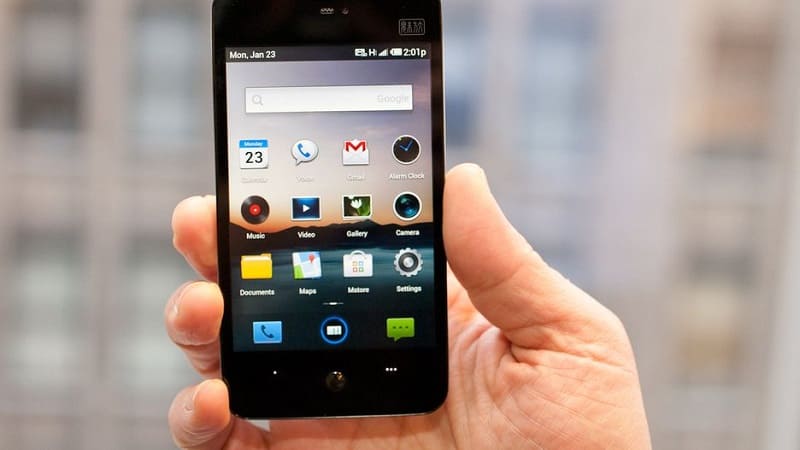
The MX2 model appeared at the end of 2012. It was running Android and Flyme. The device was manufactured by Foxconn and went on sale in China, Russia, Israel and Hong Kong.
It became available with various amounts of internal memory (from 16 to 64 gigabytes). It was also provided with 2 gigabytes of RAM and a battery with a capacity of 1800 mAh.
MX3 came out in 2013. It was the company's first smartphone with 128 gigabytes of internal memory. Other parameters included a 5.1-inch display, a 2400 mAh battery, an 8-megapixel main camera, and a 2-megapixel front camera.
In the fall of 2014, the release of the latest mobile device was announced. The model was called MX4, as well as a 2.2 GHz processor, support for LTE networks, a display diagonal of 5.36 inches, 2 gigabytes of RAM, 16-64 gigabytes of internal memory, a main camera of 20.7 megapixels, a front camera for 2 megapixels and a 3100 mAh battery.
The MX4 was said to be like "a budget version of the iPhone 6 Plus with big ambitions." The price of the device was indeed attractive.
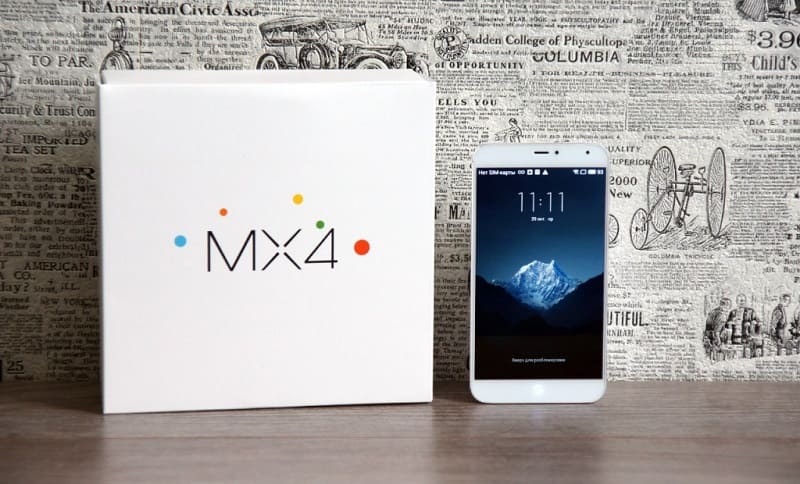
The company's smartphones in the MX line are running a customized version of the Android system, called Flyme. The Flyme platform was developed by Meizu.
It was also announced that the company is going to be one of two firms planning to launch the first Ubuntu phones.
In addition to Jack Wong, other notable Meizu executives include Aber-Bai and Nana Lee. The first of them is the chief executive officer and senior vice president of the company.
Bai has extensive experience in R&D and equipment manufacturing. He specializes in screens and antennas and holds several patents in this area.
It was thanks to his efforts that many Meizu smartphones saw the light of day and subsequently managed to become real bestsellers. He also helped the company double its revenue in the last three years.
Bai joined Meizu in 2003 as a member of the founding team. As for Lee, he is the Vice President of Sales and Marketing. Joined the company in 2012 and managed to expand the mobile business.
Participated in the production of MX2 and MX3 smartphones. Previously worked as a manager at Monstar-Lab. Lee pays special attention to the Internet industry.